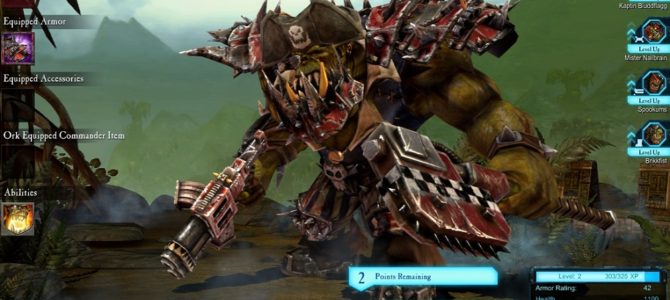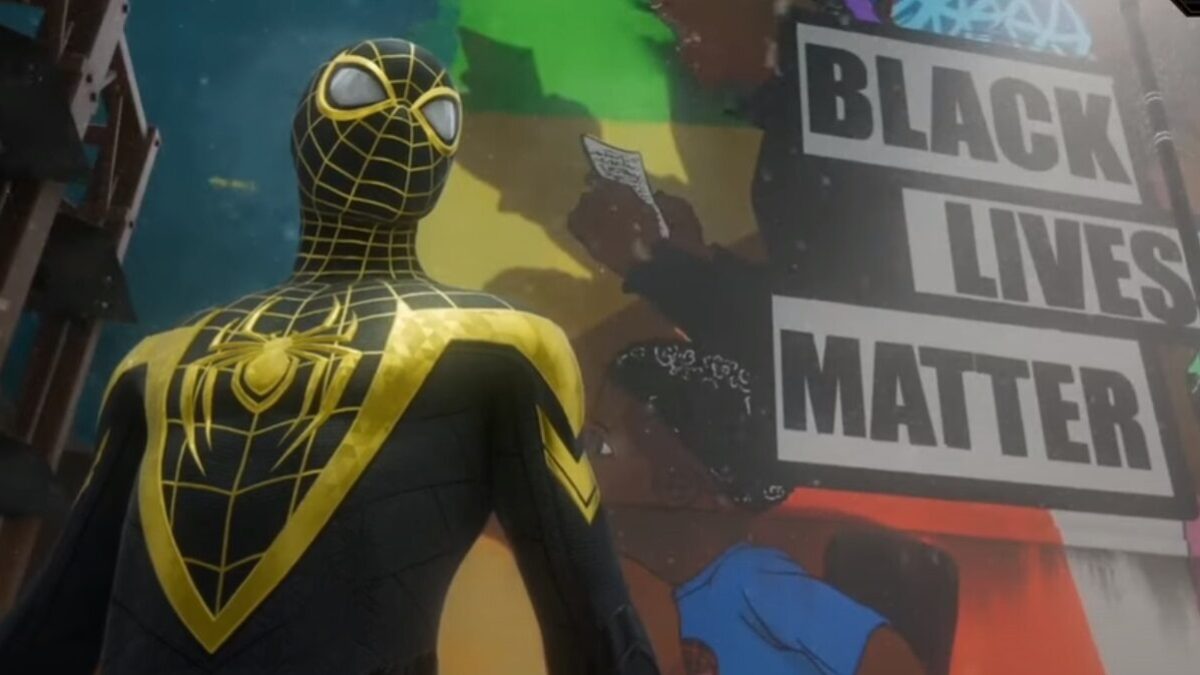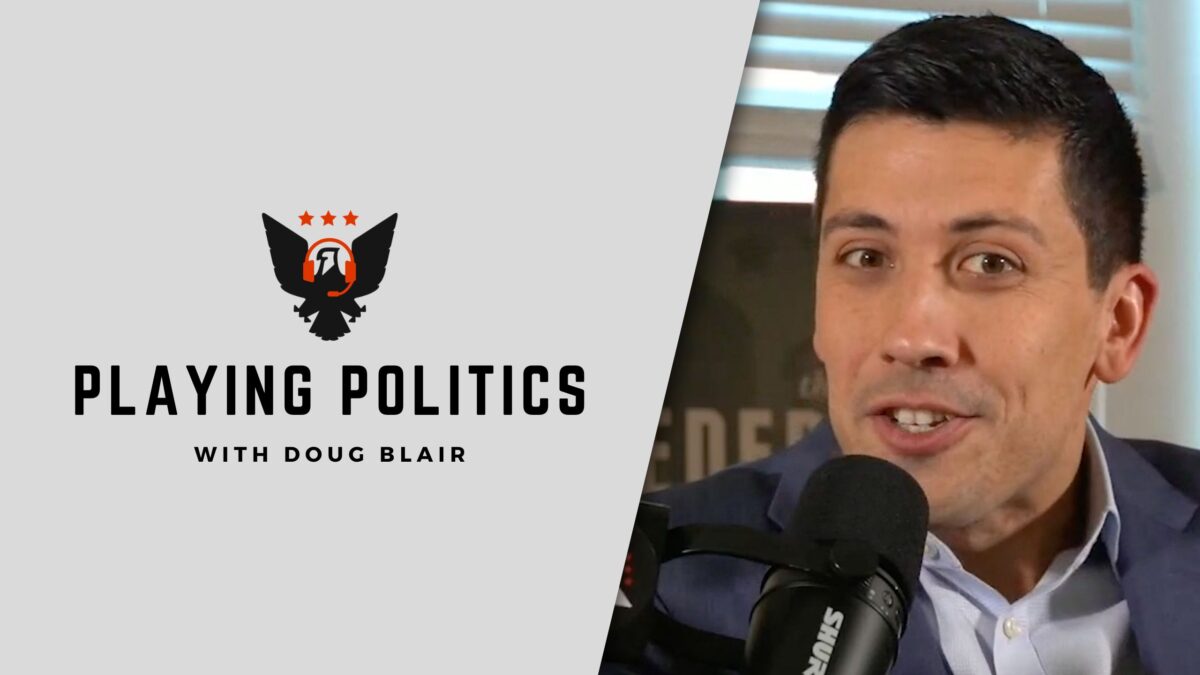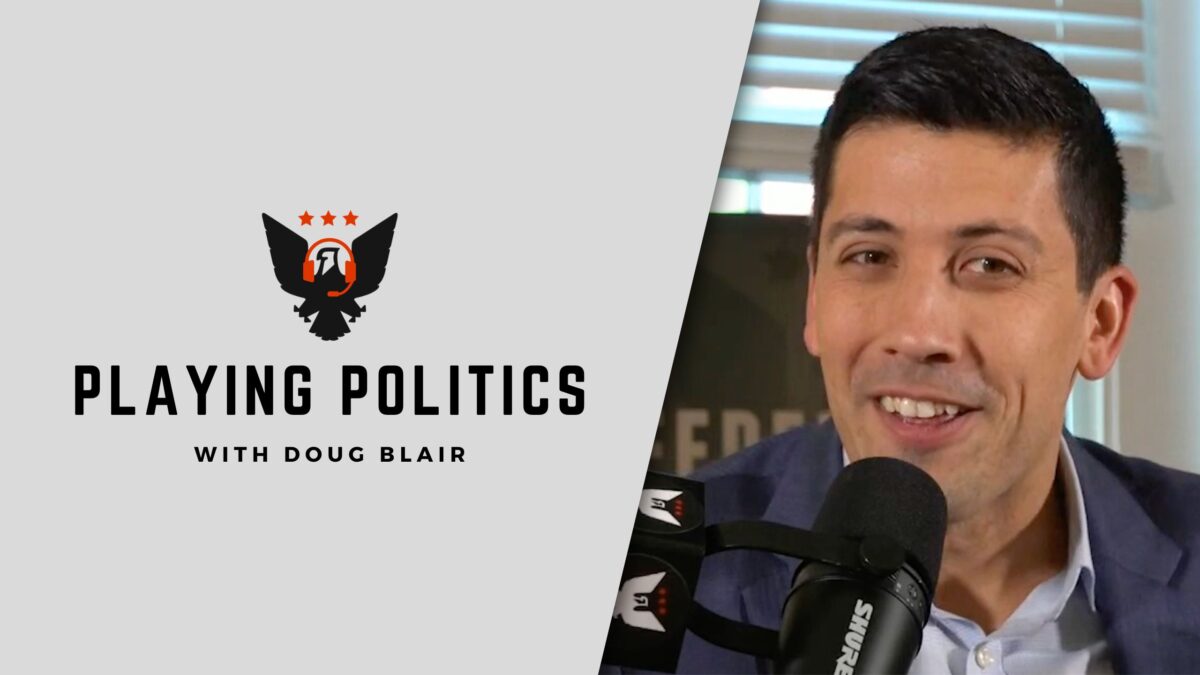
Earlier this month, President Trump met with several video game executives, association representatives, and politicians to discuss the role violent games may have played in recent shootings, including those killed at Marjory Stoneman Douglas High School in Parkland, Florida last month.
Numerous studies have suggested that video games, including the most violent “first person shooters,” play little if any role in increased aggression in the players. While studies have found that some players do experience some temporary heightened aggressive behavior, the affect is short lived and has little influence in making players decide to create violent acts.
The video game industry has stood behind these studies, but also by a rating system that is at best outdated and antiquated, and at worst confusing and completely ineffective. In fact, video game ratings only go back about 24 years. That’s when the Entertainment Software Association created the Entertainment Software Rating Board (ESRB), a self-regulatory organization that reviews game content.
Today the ratings include: EC for Early Childhood; E for Everyone; E10+ for Everyone 10 and older; T for Teen; M for Mature; and finally AO for Adults Only. The ratings have utterly failed in regards to those M-rated games.
According to the ESRB, the M-rated games are “generally suitable” for those aged 17 years and older, and in this regard M should correspond to an R-rated film. Yet, many M-rated games would be actually be on par with PG- or PG-13-rated films. Games such as “Halo,” one of the most popular shooter games, featured a storyline and level of violence some reviewers have compared to the Star Wars films. Yet whereas Star Wars has mostly received PG ratings, nearly every Halo game has received an M rating.
This would suggest the ESRB is more concerned about the influence of violence in games and took a stronger line in helping alert gamers and more importantly parents about the content. However, in actuality the M rating fails because “Halo” would be at the extreme “mild” end of the spectrum.
Much more graphic video games, including those in the Grand Theft Auto series, where players take on the role of gangsters and can even “beat up” prostitutes, and “Manhunt,” where the players take on the persona of a serial killer, received the M rating. While those are on the opposite extreme of the spectrum, many other games have graphic violence, harsh language, and no shortage of gore.
So why do so many extremely violent games continue to receive an M rating? It is because the industry thinks about the bottom line rather than the effects their content could have on gamers.
Some have suggested many games received the M rating rather than the stricter AO rating due to the fact that most retailers, most notably Walmart, will refuse to carry AO-rated games. Moreover, many console manufacturers also would refuse to distribute titles rated AO. Because the ESRB is a self-regulatory group serving the video game industry, we really shouldn’t be surprised that content that should be given an AO rating instead garners the M rating.
In the very few cases where games have received an AO rating the ESRB has allowed the respective game’s developer to edit the game to meet the M rating. But can anyone really explain how “Manhunt” should have ever received simply an M rating?
Game developers have fought the AO rating tooth and nail, and when this reporter previously asked some developers about whether a game should have an AO rating, the response has been along the lines that “you have to be 17 to buy an M-rated game, but 18 to buy an AO rating, so does a year really matter?” That smoke and mirrors tactic shows the developers know the content has issues.
Moreover the entire industry, including the ESRB, knows that parents will still in many cases buy an M-rated game for their teenage children, and because the rating is so broad may not understand that some games are far more violent than others. However, it is far less likely that even the most liberal-minded parent would buy any child an AO game, something akin to buying an NC-17 or X-rated film.
The other part of the problem is that many publishers may even want an M rating for games that could possibly receive a T for Teen rating. Studies have shown a correlation between the M rating and sales, and the NPD Group, which tracks sales of games, found in 2010 that seven of the top 20 video games for that year were M-rated, while only 5 percent of games released that year had an M rating.
In that regard M has became a target for game publishers. Gamers expected more intense games, parents didn’t care if their children played games with mature content, and retailers happily carried the games that topped the sales charts.
The final concern in the ratings debacle is that for years games have offered downloadable content (DLC) and in-game purchases, and the ESRB generally didn’t consider that content when assigning a rating. A game that received a T rating could include new content that could have otherwise earned it an M rating. Only in February of this year did the ESRB begin rating such content.
The ratings fail because they continue to be confusing, especially to parents and caregivers. Games in themselves may not be the catalyst to turn a teen or young adult into the next school shooter, but there should be some way for those buying the games to know in advance the level and intensity of violence and other mature content.
Video games that have players taking the role of a heroic U.S. soldier storming Normandy Beach with the latest Call of Duty title shouldn’t be rated the same as a game where the goal is to build a criminal enterprise, shoot police officers, and use drugs. As it stands, the industry telegraphs to buyers that the content and even the context of the content for these two games are exactly the same!









